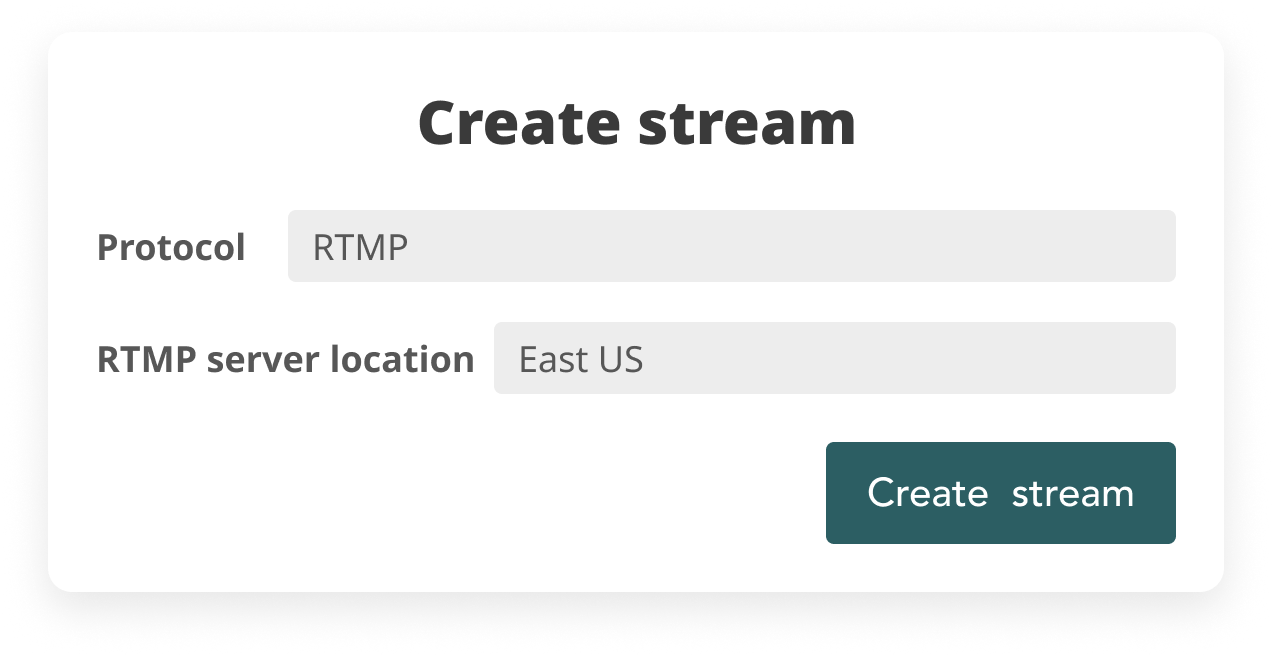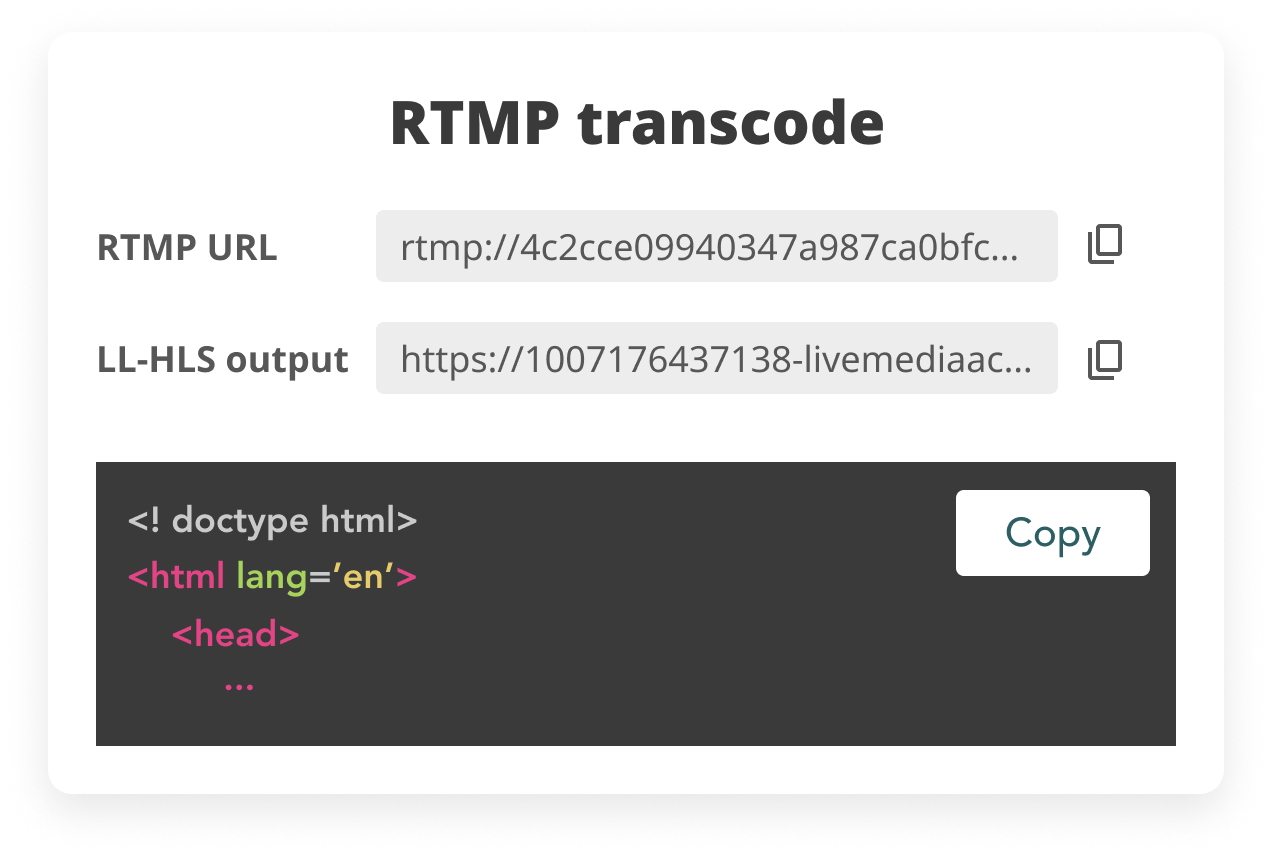Low Latency Live Streaming
Augment your live streaming services and stream to an unlimited audience with unrivaled speed and quality, delivering high-definition content in real-time with Mlytics.
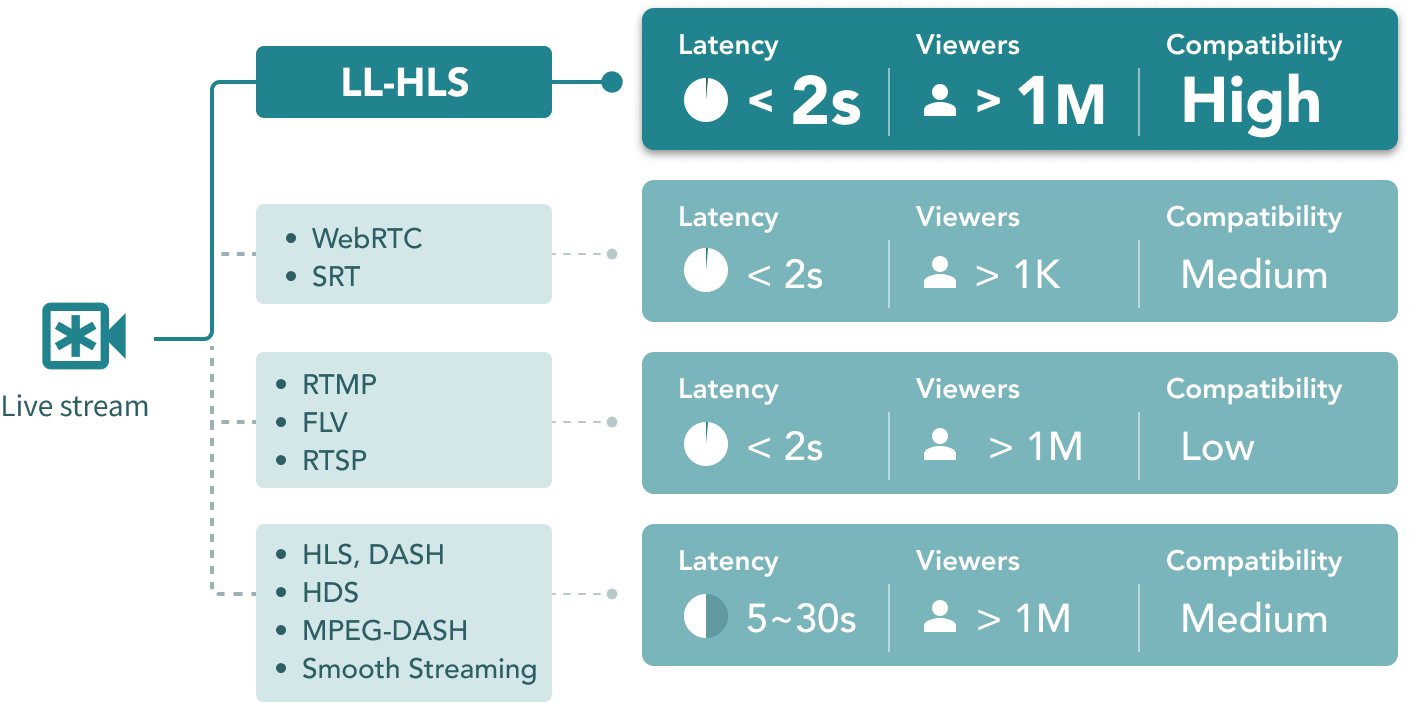
Low Latency Demo
The video latency can be affected by the location to edge servers or internet connection.
How it works
Mlytics' Low Latency Live Streaming technology utilizes Low-Latency HLS to provide highly responsive and immersive live stream, powered by analytical insights, In-Stream Switching, and Hybrid CDN P2P technology. Low-Latency HLS is a streaming protocol that is designed to reduce the latency in live video streaming. It uses chunked transfer encoding to deliver small segments of video in real-time, with combination of techniques to reduce the delay between the video source and the viewer.

Faster encoding and delivery
LL-HLS requires faster encoding and delivery of video segments to ensure that they are delivered to the viewer as quickly as possible.Smaller segments
Break the video stream into small segments, a few seconds in length. Deliver to the viewer as soon as available, rather than wait for the entire video to be encoded and packaged.Preload Hints
Preload hints improve Low-Latency HLS by loading partial media segments in advance, reducing response time, eliminating round-trip delay, driving HTTP cache fill, and signaling upcoming MAP tags.
Go live in 5 minutes
Mlytics Low Latency Live Streaming technology provide the lowest possible latency for your live streaming via LL-HLS, giving your viewers a pleasant and immersive viewing experience.
Backward Support
One of the main advantages of using LL-HLS is its backward compatibility with legacy HLS players. The players that don’t support this variant may fall back to standard HLS and still work with higher latency.

RTMP Broadcasting & LL-HLS Transmuxing
Mlytics provides a versatile streaming solution that supports RTMP for live broadcasts and LL-HLS for delivering output streams. Effortlessly stream from various sources such as mobile apps, broadcasting software, or hardware encoders, and reach any device with ease.

Video Stream Analytics:
Measure low-latency success
Mlytics Video Stream analytic dashboard provides overall experience score, total views, unique viewers, and playtime. Know if your videos are gaining traction, quickly identify issues, and investigate opportunities for improvements.
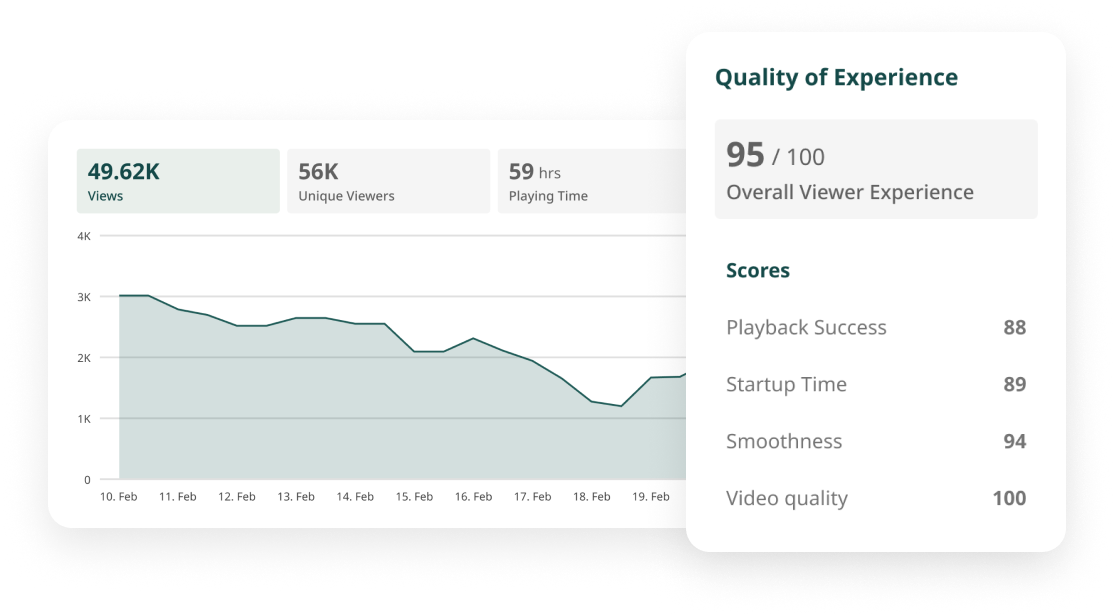
LL-HLS, WebRTC, FLV comparison
| Features | LL-HLS | FLV | WebRTC |
|---|---|---|---|
| Relatively low-latency compared to traditional HLS | check_outlined | check_outlined | check_outlined |
| Adaptive bitrate streaming | check_outlined | check_outlined | check_outlined |
| High scalability, especially for large-scale streaming events | check_outlined | check_outlined | |
| Supports encrypted connections for enhanced security | check_outlined | check_outlined | |
| Compatible with Apple devices and most modern web browsers | check_outlined | ||
| Works well with content delivery networks (CDNs) for scalability | check_outlined |
When choosing between LL-HLS, FLV, and WebRTC for low-latency streaming, it's essential to consider factors such as latency, scalability, compatibility, and security. LL-HLS is a solid choice for near real-time streaming with scalability and broad compatibility across devices and platforms. WebRTC is the best option for real-time communication applications, such as video conferencing, where ultra-low latency is crucial. However, WebRTC may face challenges in scaling for large audiences. FLV, on the other hand, is no longer a recommended solution due to the discontinuation of Adobe Flash Player and its compatibility and security concerns.
Applying Low Latency Live Streaming to your industry with Mlytics
Auctions
Betting
Live sport and eSport
Take Action Today
Gain actionable insights from your streaming data, optimize viewer engagement and QoE.
Bring your CDN, and get access to multiple CDN easily, prevent vendor locked in and facilitate management of multiple CDNs.
Mlytics constantly scans user side CDN performance for a better CDN option and switch seamlessly without buffering to eliminate downtime.
Lower cost up to 40% without compromising QoE by intelligently combines Multi-CDN and Hybrid CDN P2P technology.
Explore the platforms

Latest news
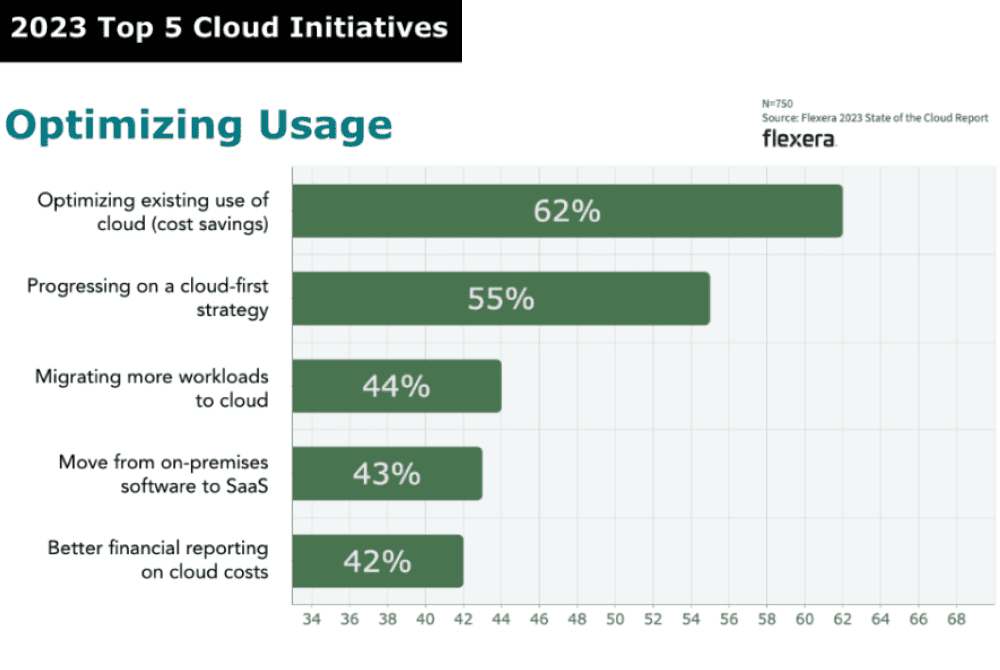
The demand for video streaming is growing at a significant rate. Delivering high-quality video footage is difficult for any company, …

Tapping into a global market thanks to product offering listed on AWS Marketplace Tech company Mlytics is committed to building …
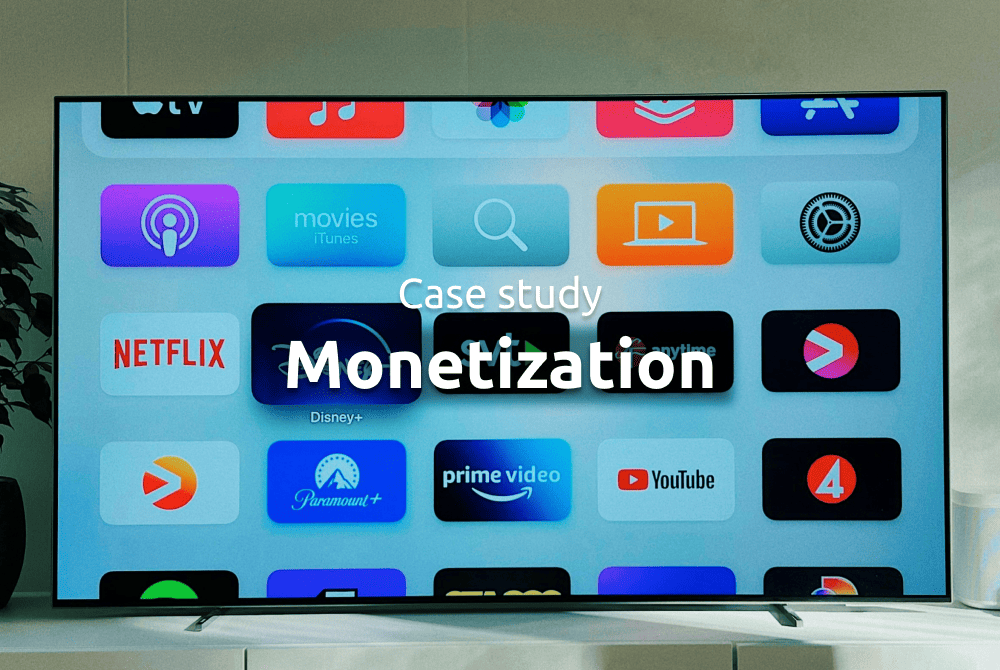
Key results Application endpoints URLs required for Trinax’s Livestream Platform became 100% accessible at increased speed for users within China. …
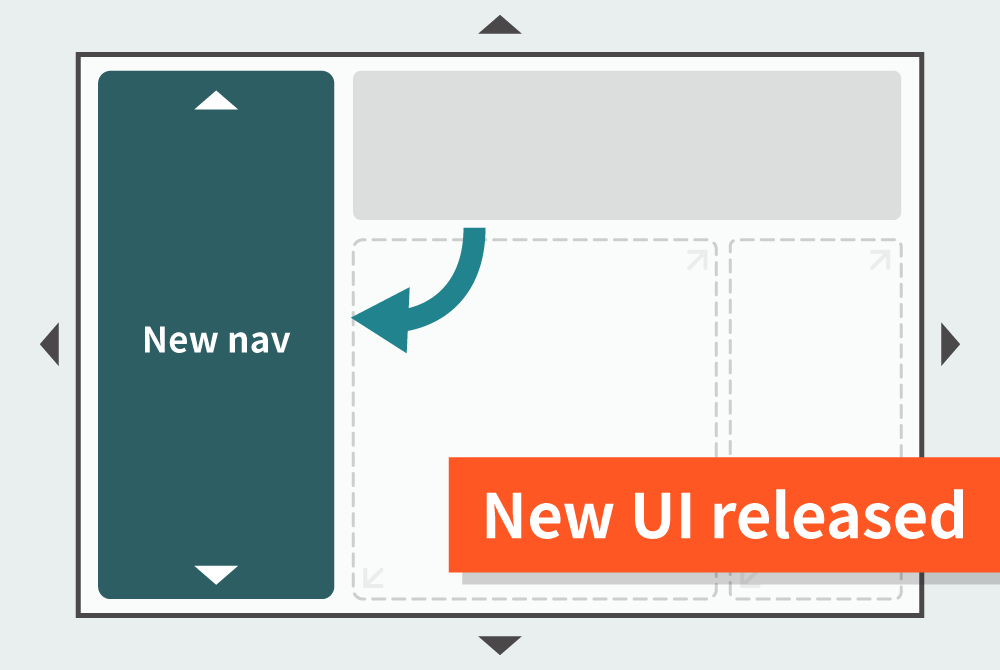
Mlytics, a leading content delivery and video streaming delivery platform, is committed to continuously improving its services to provide an optimal user experience. In pursuit of this goal, we
